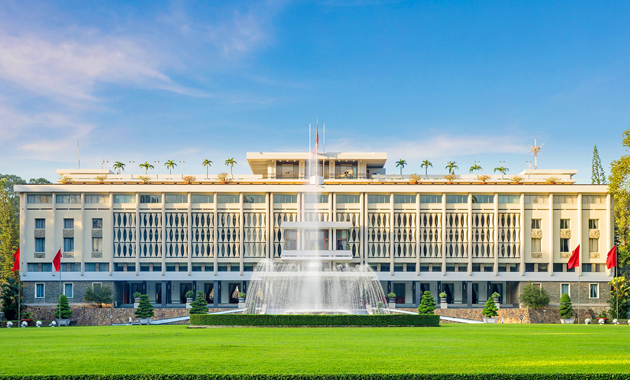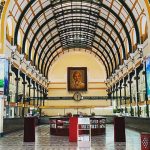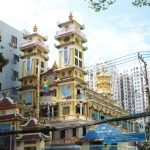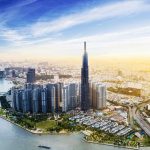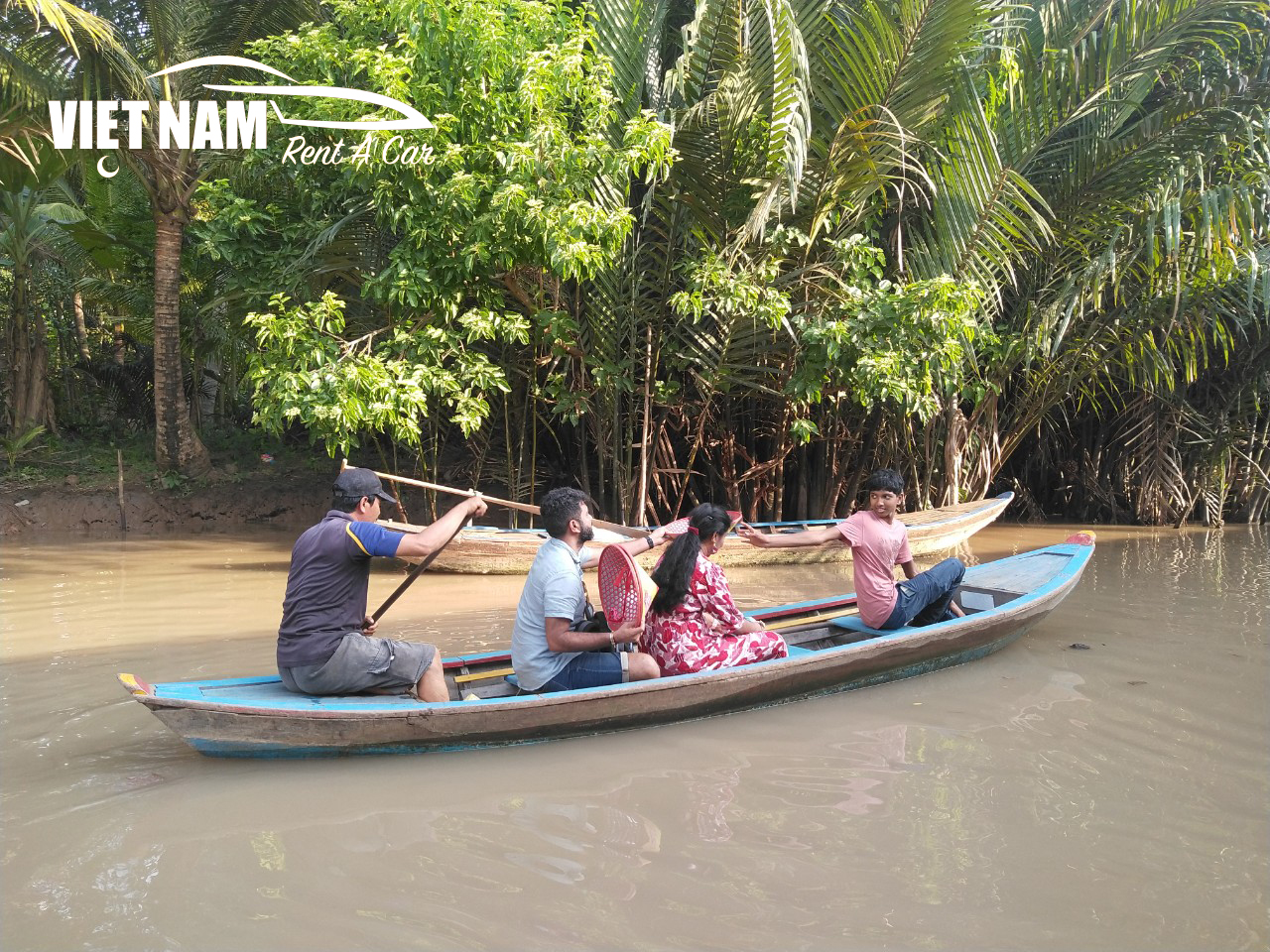The Reunification Palace, also known as the Independence Palace, is listed as a historical monument because it witnessed great changes in Ho Chi Minh City history (formerly known as Saigon) and has in itself the essence of Eastern culture. Throughout the heroic battles, this amazing work of architecture witnessed almost every high and low of the Vietnamese war.
The origin of the Reunification Palace dates back to 1858, when the French colonists began to attack Da Nang, starting the war of aggression against Vietnam. In 1867, the French took over 6 provinces including Bien Hoa, Gia Dinh, Dinh Tuong, Vinh Long, An Giang, and Ha Tien. In 1868, the French government started to design and build a mansion as a residence for the Governor of Cochinchina in the center of Ho Chi Minh City. When the construction was completed, it was called Norodom Palace.
The Palace was completely finished in 1871, and from 1887 to 1945, many French governors used this mansion as a place to live and work during the Indochina invasion. By 1945, the Japanese fascists won over France and monopolized Indochina, Norodom Palace became the workplace of the Japanese government in Vietnam.
By the end of 1945, the French colonialists failed heavily in the Dien Bien Phu campaign, they were forced to sign the Geneva Agreement before withdrawing their army from Vietnam. The Norodom Palace was passed between the representative of the French government and the representative of the Saigon government on September 7th, 1954, by Prime Minister Ngo Dinh Diem, who decided to change the name of the Palace to Independence Palace.
In 1955, Ngo Dinh Diem became the new president of Vietnam, however, he was not a good leader. Ngo Dinh Diem maintained a family-ruled dictatorship, cornering people in strategic hamlets, which not only caused resentment among the people but also caused discontent within the Saigon government. The Norodom Palace was destroyed by more than half of the left side by the protesters, so Ngo Dinh Diem had to rebuild the place.
Finally, in the historic Ho Chi Minh campaign in 1975, Vietnam gained their victory and reunited the whole country, the Independence Palace was the place where the Vietnamese Revolutionary Army won their battle. Nowadays, the Independence Palace is a special national monument visited by numerous domestic and foreign tourists. The place is also a meeting destination for guests of all levels and city leaders.
We offer private tours in Ho Chi Minh City, Explore all the scenic spots and famous places in Saigon, full-day tours, half day tours by private car

